1. Google
1.1. Funktionsweise
1.1.1. Crawler
1.1.1.1. Googlebot
1.1.1.1.1. Freshbots
1.1.1.1.2. Deepbots
1.1.2. Schedular
1.1.3. Store Server
1.1.4. "the cleaners"
1.1.5. Index
1.1.5.1. Ranking durch:
1.1.5.1.1. Statistische Modelle
1.1.5.1.2. PageRank + TrustRank
1.1.5.1.3. User-Signale
1.2. Suchinterface/User
1.2.1. Erweiterte Suche
1.2.2. SERPs
1.2.2.1. organische Ergebnisse
1.2.2.2. Answer-Box
1.2.2.3. Knowledge Graph
1.2.2.4. SEO + SEA
1.2.2.5. W-Fragen
1.2.2.6. Rich Snippets
1.2.2.7. Snippets
1.2.2.8. Sitelinks
1.2.2.9. Ads
1.2.2.10. Vertikale Suchmaschinen
1.2.3. vertikale Suche
1.2.3.1. Video
1.2.3.2. Bild
1.2.3.3. Location/Google Maps
1.2.3.4. News
1.2.3.5. wissenschaftliche artikel- scholar.google.de
1.2.3.6. Produkte/Shopping
1.2.3.7. google.com/travel
1.2.4. Google Suggest
2. Domain2.de
3. Domain1.de
3.1. SEO
3.1.1. offpage
3.1.1.1. Verlinkungen
3.1.1.1.1. Link-Qualität
3.1.1.2. local SEO
3.1.1.2.1. Online Verzeichnisse
3.1.1.2.2. Website-Landingpage für Stadt/Land
3.1.2. onpage
3.1.2.1. System
3.1.2.2. Crawling
3.1.2.3. Contet
3.1.2.4. Keywords
3.1.3. Tools
3.1.3.1. Xovi
